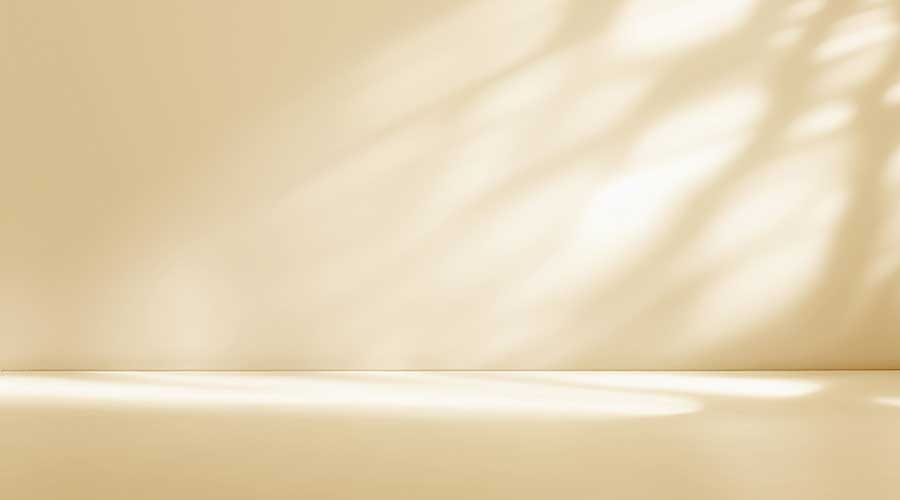When the concept of biophilia is brought up in healthcare contexts, most will immediately think of plant life being used in healthcare facilities. However, biophilia is a much more complex concept than just plants and greenery, as it itself is tied to the natural world.
One element that is key to biophilia working at all is natural lighting or good lighting design, according to Beverley Spencer, senior interior designer at FCA. She adds that no matter what biophilic materials are added to a space, if it does not have proper lighting, it will not work.
“We need to be designing spaces to maximize the amount of natural light that can come into the unit,” says Spencer. “Whether it be with glazed partitions, decorative privacy panels or clear story windows. We can even explore those lighting options that mimic natural daylight where it is not possible.”
Areas that allow views of the outer world can help increase natural light as well. Spencer emphasizes that medical planners must be closely worked with to find ways to orient spaces to increase views to the exterior.
Additionally, putting in graphics or elements of nature can help patients escape from any stressors associated with their care.
“Creating a space where people can immerse themselves into a natural environment or an environment that feels natural resonates more strongly with people than just having an image of a tree on a wall,” says Spencer.
Sarah Harvey, senior interior designer – healthcare at FCA, adds that the basic ways of incorporating biophilia would be color palettes and imagery that mimics nature. She notes that textures that mimic nature are avoided since they harbor bacteria or microbes. Harvey harkens back to the importance of lighting as well, as she says that correct color temperatures can make or break the immersion in these elements.
“There is nothing worse than just going into a room that has no windows, white walls and then a crooked picture of a tree on the wall,” says Spencer. “It does not make anyone feel any better, right? Those spaces need to feel open and like you are in a natural environment.”
Spencer says that these areas are places of refuge, where individuals can evaluate their surroundings so they can feel safe. Part of this is letting them see what is going on in the spaces outside of theirs, enabling them to see other patients, staff and even family members. Spencer stresses that these spaces must be much more than just a boxed-in room.
“You get put in this room that is windowless and you are unable to see anyone, it makes you feel like you have been forgotten about,” says Harvey. “So, you must balance the control of space. For example, is there a good way that you could signal to your staff member that you are ready? That is so they do not have to knock on the door awkwardly and ask if they can come in. It is the little things like that are all human interactions. That is biophilia – trying to feel normal in a space that is not normal.”
Jeff Wardon, Jr. is the assistant editor for the facilities market.

 UF Health Hospitals Rely on Green Globes to Realize Their Full Potential
UF Health Hospitals Rely on Green Globes to Realize Their Full Potential How Healthcare Facilities Can Be Truly Disaster-Resilient
How Healthcare Facilities Can Be Truly Disaster-Resilient TriasMD Breaks Ground on DISC Surgery Center for San Fernando Valley
TriasMD Breaks Ground on DISC Surgery Center for San Fernando Valley Bigfork Valley Hospital Falls Victim to Data Breach
Bigfork Valley Hospital Falls Victim to Data Breach AI-Driven Facilities: Strategic Planning and Cost Management
AI-Driven Facilities: Strategic Planning and Cost Management